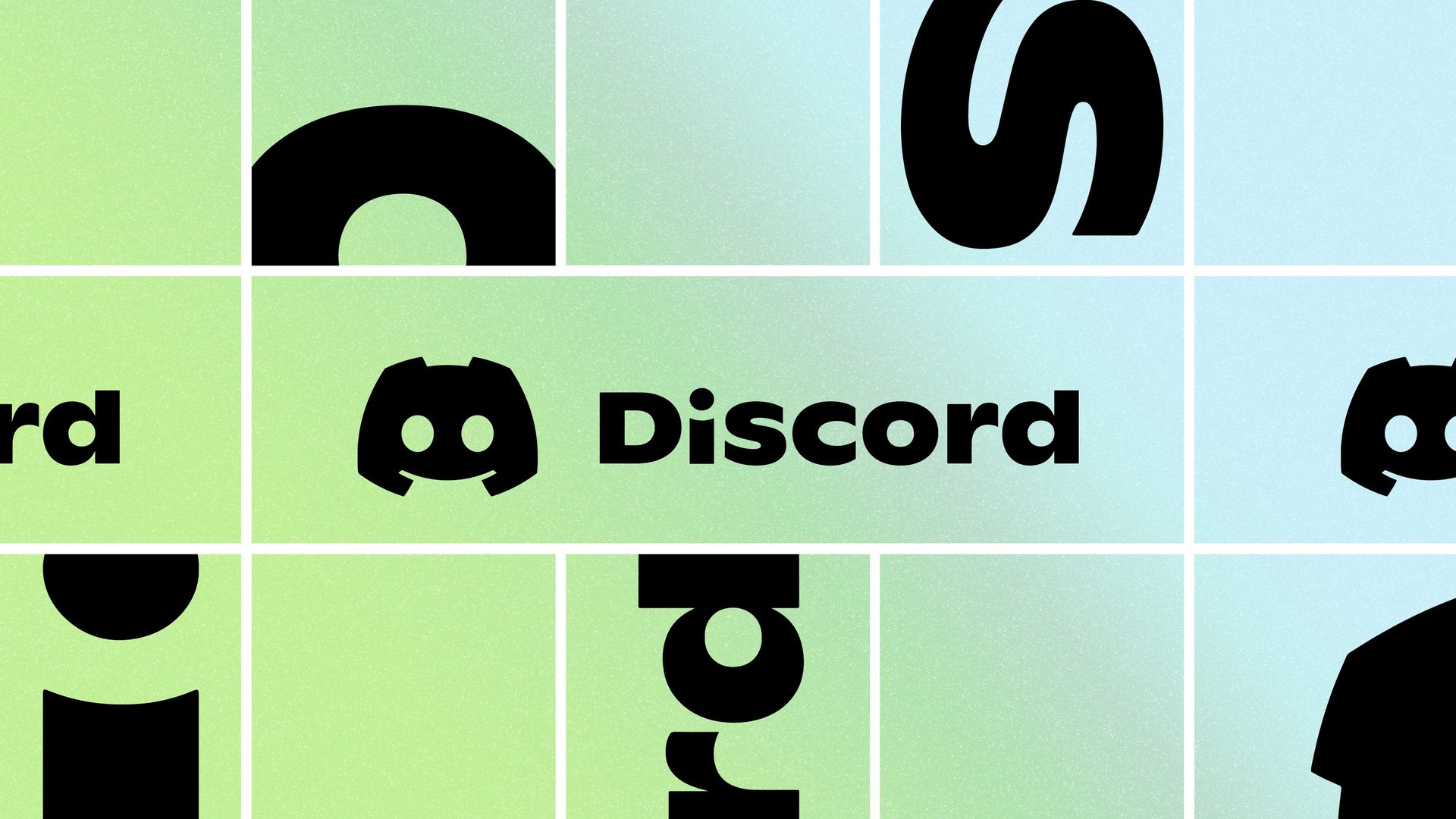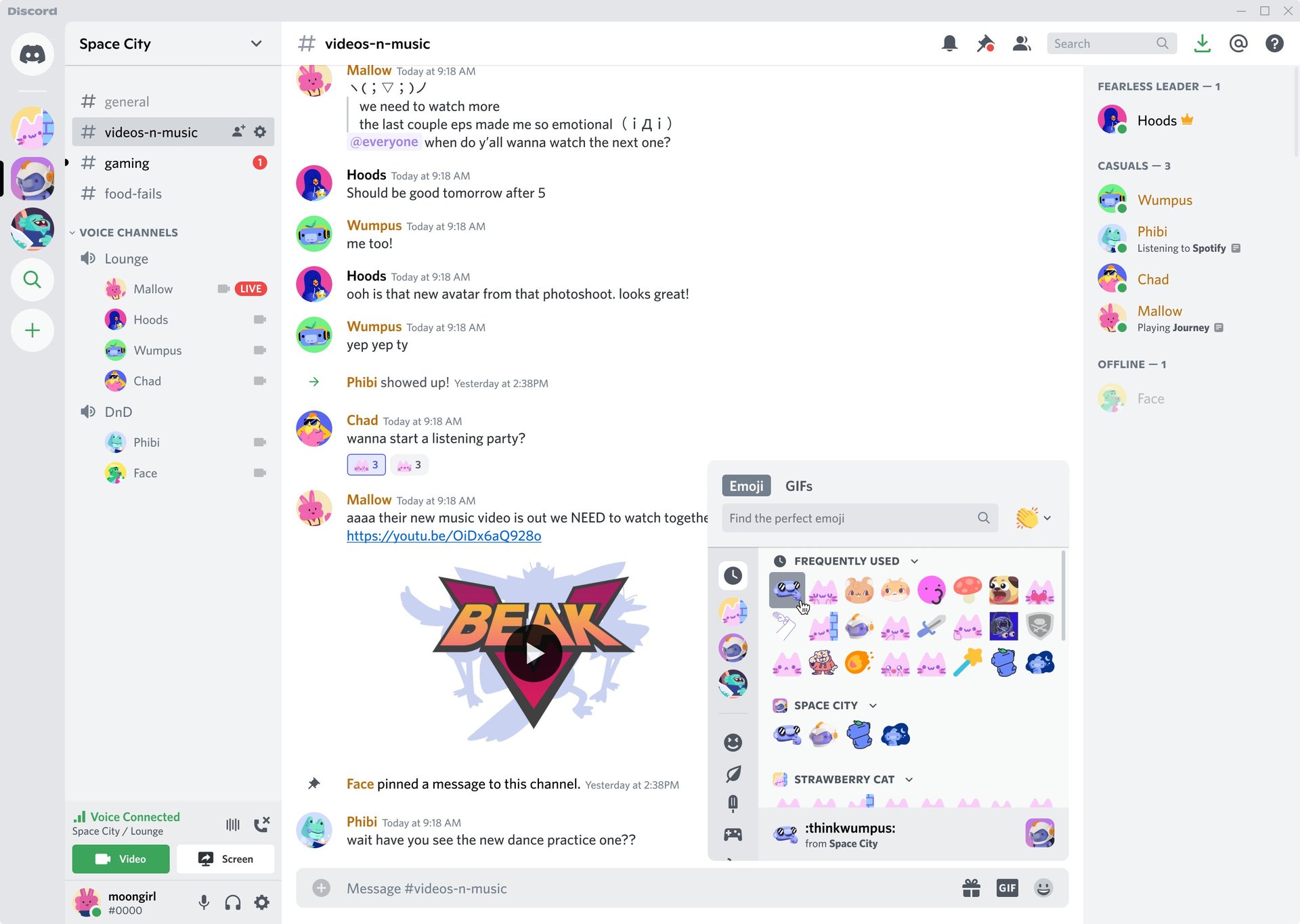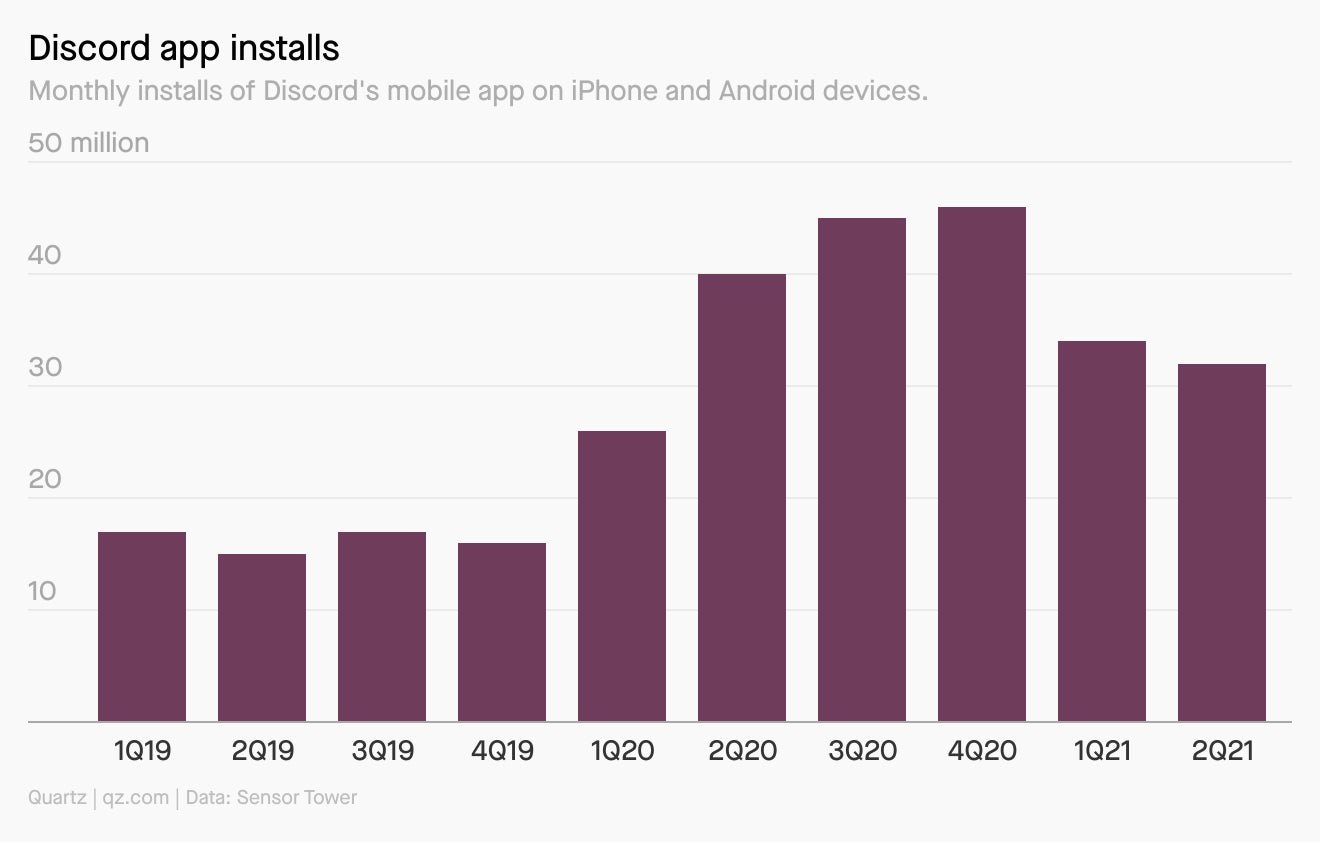For members—A $7 billion chat app sheds its gamer roots
Hi Quartz member,



Hi Quartz member,
Picture a combination of Slack, AOL Instant Messenger, Zoom, and a sketchy chat room, and you have something approximating Discord. It’s essentially an all-purpose chat app, built around closed communities—called “servers”—that speak to different interests.
After launching in 2015, Discord caught on first with gamers, who use it to discuss games and watch each other play. “[A server] can be a safe place,” says Discord CTO and co-founder Stanislav Vishnevskiy, “for a small group of people you know, a larger community of like-minded people, and everything in between.”
Today, Discord has more than 150 million monthly active users, and 19 million active servers each week. Vishnevskiy says the small servers are where people “develop true connections and belonging”—90% of Discord’s private servers have fewer than 15 people. But topics now vary widely, as the company starts to draw (and court) communities of all stripes.

With that kind of scale, a platform might try to drive revenue through advertising. But Discord has so far refused. “We have intentionally pursued a business model that does not rely on monetizing our users’ data,” Vishnevskiy says. While there are opportunities for some brands to engage with loyal customers—Chipotle held a virtual job fair on the app, and fashion retailer All Saints held a fan Q&A on Discord’s Clubhouse-like audio feature—the most successful ones seem to treat their servers like a fan club.
Discord’s primary revenue stream is Discord Nitro, a $99-per-year subscription service that gives users access to perks like customizable emoji, personalized profiles, better upload speeds, streaming capabilities, hi-res video, and “server boosts” to improve their servers. Discord declined to share how many Nitro subscribers it has, but the Wall Street Journal reported that Discord generated $130 million in revenue last year, up from $45 million in 2019. In the same time period, its monthly user base doubled.
Of course, growing up—or going public—could come with a new set of expectations. Like strengthening content moderation, and doing even more to support communities and brands that go beyond gaming. Also, reaching profitability.
$100 million: Discord’s latest funding round
$130 million: Discord’s 2020 revenue, up from $45 million in 2019
$12 billion: Value of an acquisition offer from Microsoft, which Discord reportedly spurned in April
150 million: Discord’s monthly active users
19 million: Active Discord servers each week
6-10: Users on the average active Discord server
800,000+: Members on Discord’s largest servers, which include Official Fortnite, Genshin Impact, Valorant, and Minecraft (all games).

Cleanup on server seven
Sometimes Discord’s users develop true connections around unfortunate interests. When it first launched, the app became a haven for white nationalists, and it was used to help organize 2017’s deadly Unite the Right Rally in Charlottesville, Va.
Since then, Discord built a trust and safety team from scratch that, as of last year, constituted about 15% of its staff. The company also started a curriculum for volunteer moderators to better self-police servers, and in the second half of 2020 it reportedly booted 2,000 extremist communities.
A look into my discord
I’m a gamer in the most basic ‘90s-kid way: I will play anything with Mario, Link, or her royal highness Princess Peach, but beyond that I’m mostly clueless. So I was as surprised as anyone when Discord started becoming a part of my life. Here’s a shortlist of servers I can’t stay away from:
- A gaming community. Just the one, though: Breath of the Wild is for discussing the eponymous (and G.O.A.T.) Zelda game from 2017.
- An open-source data group. Project Owl users chat about geopolitics and current events.
- A fan community for Brit pop-rockers. The 1975 is mainly for music convos and listening parties.
- An independent journalists’ co-op. Sidechannel is a group of Substack writers, including Casey Newton and Charlie Warzel, who host a server for their collective subscribers.
- A meme stock community. Stock chatter like you’ll find on Discord’s WallStreetBets has helped retail investors become a powerful force in financial markets.
QZ&A
Here’s some more from my conversation with Discord co-founder Stanislav Vishnevskiy:
🎮 On Discord’s gaming roots:
🤝 On the pandemic year:
🎟️ On the creator economy:
😏 On the IPO rumors:

Keep learning:
- Messaging app Discord is the new social life for house-bound teenagers (Quartz)
- Gamers turned Discord into a $10 billion juggernaut (Quartz)
- Clueless about Discord? Read this. (The New York Times)
- Discord was once the alt-right’s favorite chat app. Now it’s gone mainstream. (The Wall Street Journal)
Thanks for reading! And don’t hesitate to reach out with comments, questions, or companies you want to know more about.
Best wishes for an ad-free end to your week,